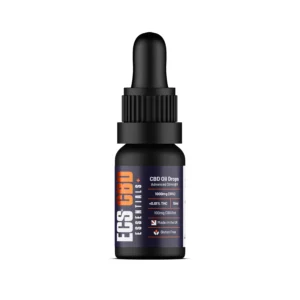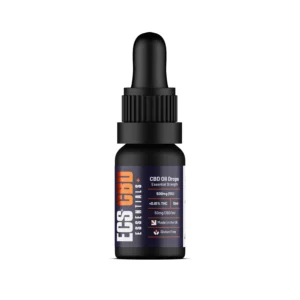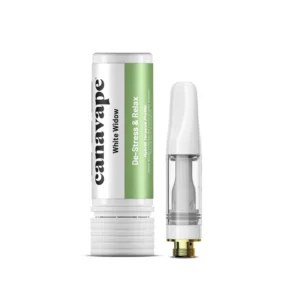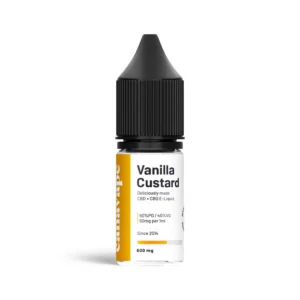Cannabinoid profiles refer to the unique combinations of cannabinoids found in different strains of cannabis plants. Cannabinoids are chemical compounds that interact with the body’s endocannabinoid system, which plays a role in regulating various physiological processes. The two most well-known cannabinoids are THC (tetrahydrocannabinol) and CBD (cannabidiol), but there are over 100 other cannabinoids that have been identified.
Each strain of cannabis has a different cannabinoid profile, which determines its effects on the body. For example, strains high in THC are known for their psychoactive effects, while strains high in CBD are often used for their therapeutic properties. Other cannabinoids, such as CBG (cannabigerol) and CBN (cannabinol), also have unique effects on the body and are being studied for their potential medical benefits.
Understanding the cannabinoid profile of a strain can help consumers choose the right product for their needs. Some people may prefer a strain high in THC for recreational use, while others may seek out strains high in CBD for pain relief or anxiety management. It’s important to note that the effects of cannabinoids can vary depending on the individual and other factors, such as dosage and method of consumption.
In addition to cannabinoids, cannabis plants also contain other compounds, such as terpenes, that contribute to the overall effects of the plant. Terpenes are aromatic compounds that give cannabis its distinctive smell and may also have therapeutic properties. The combination of cannabinoids and terpenes in a strain is known as the entourage effect, which suggests that these compounds work together synergistically to produce a more potent effect than any one compound alone.
Overall, understanding cannabinoid profiles can help consumers make informed choices about the products they use and how they may affect their body. As research into cannabinoids and their effects continues to grow, we can expect to learn more about the potential benefits of these compounds and how they can be used to improve health and well-being.











